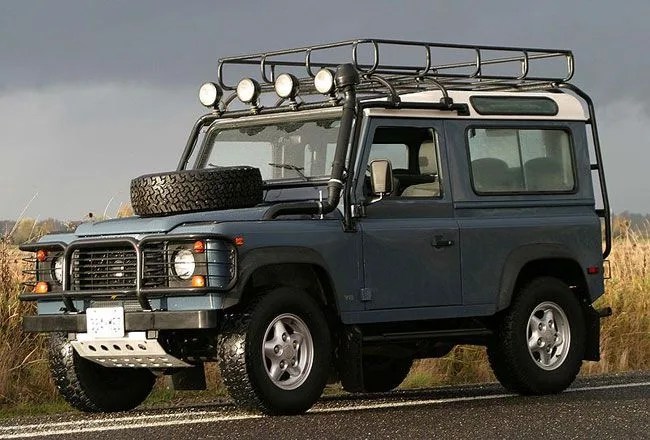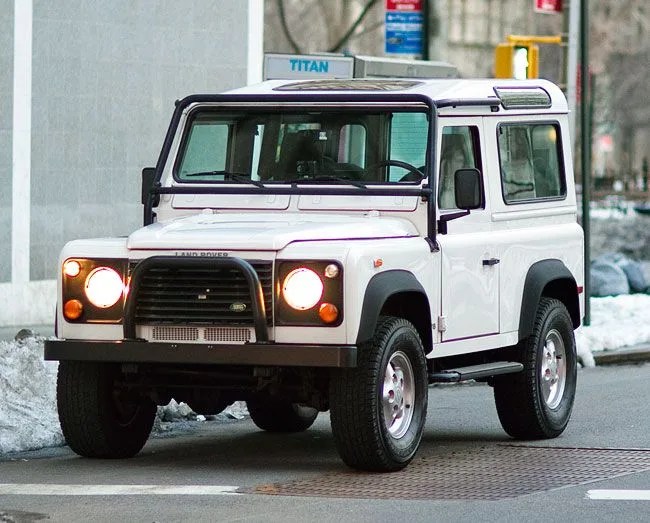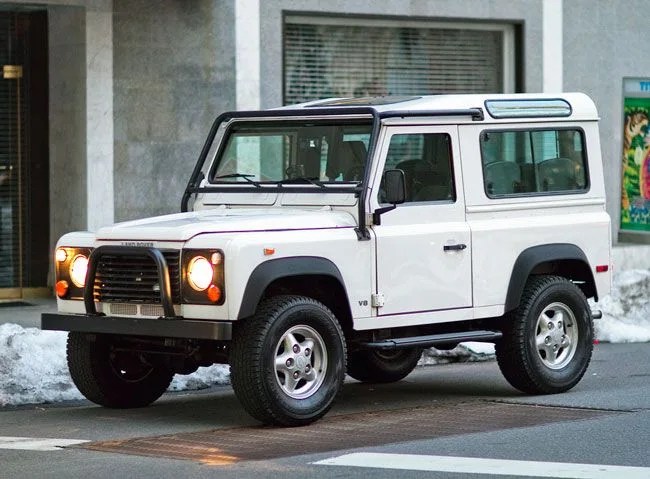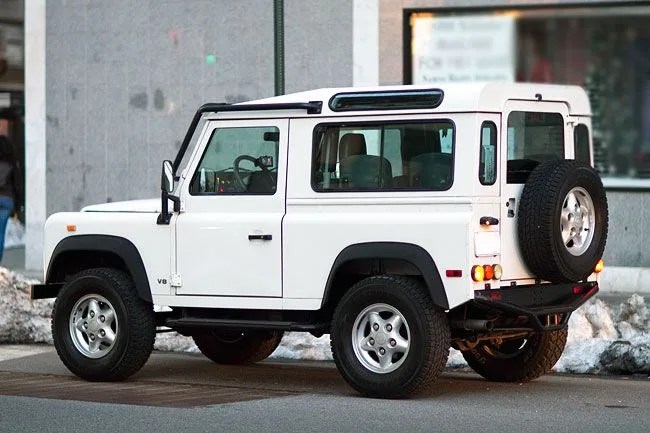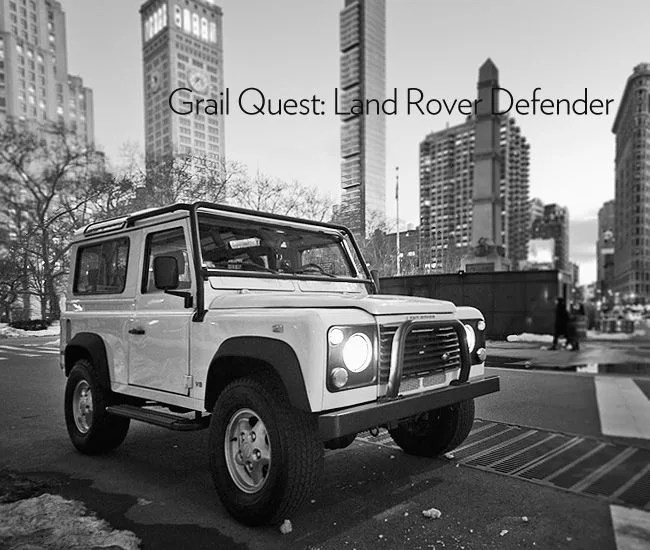
This story begins more than a decade ago. Two, really. All the way back to 1993. When you say it, 1993 doesn’t really seem like all that long ago. But it was a year full of memorable events. Lennox Lewis beat Tony Tucker for the heavyweight title, Intel announced the groundbreaking Pentium processor and NBC aired the final episode of Cheers. Elsewhere, Land Rover was relaunching its footprint in the United States, which they kicked off by bringing the fabled Defender to North America — the first time Land Rover had officially sold their utility vehicles outside of individual importers since 1974. The stateside onslaught was, at its core, a marketing/PR initiative designed to build recognition by importing a widely recognized vehicle in their stable with a series of modifications designed for the fickle North American market. The Defender.
Little did anyone know that Land Rover would ignite a nationwide obsession.
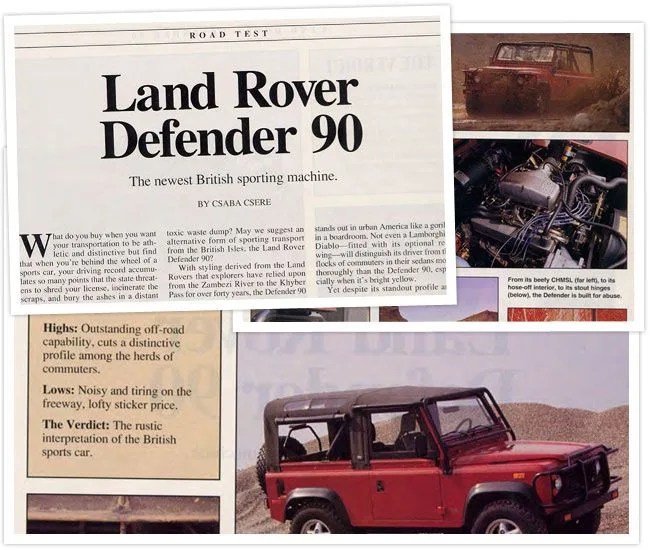
Scan of the original 1994 Car & Driver article by Csaba Csere courtesy D-90.com
America, Meet the Defender
The North American Defender has a captivating provenance here in the United States. Requiring extensive modifications for American safety standards, Land Rover created what would go down in history books as the North American Specification Defender, commonly referred to as the NAS Defender. Outfitted with a 3.9 liter V8 engine, 5-speed transmission, all 500 of the initial Defenders brought to the US were only available in a single configuration: four-door and white. This would also be the last time they were ever sold here (legally) as well. Land Rover called these Defenders the 110 County Station Wagon denoting the hard top four-door configuration and wheelbase length in inches.
…the Defender is an improbable maelstrom of mechanics. It imparts a concussion-inducing ride, has terrifyingly low gas mileage (think: gpm versus mpg), a flummoxing interior with haphazard ergonomics, and a bevy idiosyncratic mechanical issues. So, why the hell would any one want to pursue owning a NAS Defender? Simple… it inspires.

